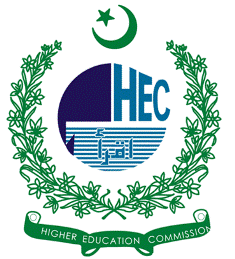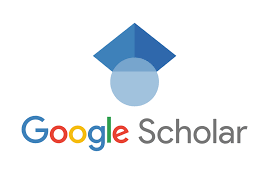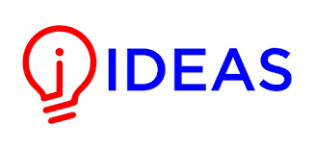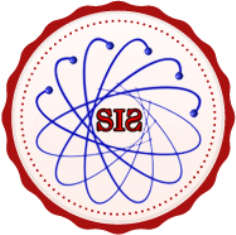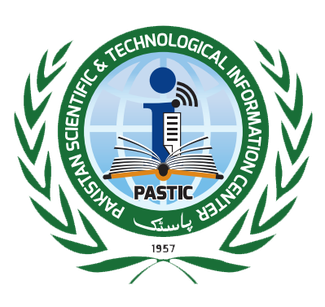Management of Speech Impairment Disorders in Aphasia Patients using Digital intervention with Multilingual Regional Dialects
Keywords:
Software Development, Large Language ModelsAbstract
Speech is a zestful, and intricate activity that enables people to express ideas, emotions, and thoughts. We are able to render our views because of this neural activity. It is a significant process for learning and personal development that every individual deserves to develop, including those with special needs and who are on a journey to learn how to communicate. Children frequently suffer from speech disorders. This entails them at the risk of experiencing social, intellectual, and academic challenges that may persist and affect them in their adolescence and adulthood. In this context, we present a speech therapy solution for special children, to assist kids with speech and language impairments in improving their language skills. The proposed app can act as a useful management tool and rehabilitation system for people with aphasia disorder and their caretakers including parents, guardians, and teachers. This innovative app offers a vast number of features and practice sessions to develop language skills and overcome communication impairment problems. It also supports multiple regional languages, including English, Urdu, and Sindhi allowing users to switch between native languages effortlessly through the settings. The developed app is equipped with a dynamic accuracy assessment, and progress-tracking system, notifying the parents or guardians when practice sessions are missed, ensuring that language development remains consistent and effective. The major novelty of this work is that it has considered regional aphasia patients and their language needs. In contrast to the existing developed therapeutic tools which are mainly oriented towards resource-rich languages, the proposed work aims to address regional languages. The proposed speech therapist App for children can be a powerful tool for parents, caregivers, and educators, providing a fun and interactive way for children to improve their speech and language abilities. The developed solution also offers benefits in the context of enhanced patient involvement, motivation throughout their learning journey, greater flexibility, and accessibility in contrast to in-person therapy, immediate feedback, and careful progress monitoring that makes it easier to assess and modify treatment sessions.
References
A. Nguyen, V. Eschiti, T. C. Bui, Z. Nagykaldi, and K. Dwyer, “Mobile health interventions to improve health behaviors and healthcare services among Vietnamese individuals: a systematic review,” in Healthcare, 2023, vol. 11, no. 9, p. 1225.
M. Isakovic, J. Cijan, U. Sedlar, M. Volk, and J. Bester, “The Role of mHealth applications in societal and social challenges of the future,” in 2015 12th International Conference on Information Technology-New Generations, 2015, pp. 561–566.
Z. Hussein, “The advantages and disadvantages of the mHealth applications and the intention to use among smartphone users,” Int. J. Mech. Eng. Technol., vol. 9, no. 12, pp. 943–947, 2018.
A. P. S. Gagneja and K. K. Gagneja, “Mobile health (mHealth) technologies,” in 2015 17th International Conference on E-health Networking, Application & Services (HealthCom), 2015, pp. 37–43.
M. Masrom, N. M. Noor, A. I. Kamaruddin, and M. A. A. Aziz, “Speech Therapy Mobile Applications for People with Aphasia: PRISMA review and features analysis,” in 2021 IEEE National Biomedical Engineering Conference (NBEC), 2021, pp. 77–81.
L. Nichol, A. D. Rodriguez, R. Pitt, S. J. Wallace, and A. J. Hill, “‘Self-management has to be the way of the future’: Exploring the perspectives of speech-language pathologists who work with people with aphasia,” Int. J. Speech. Lang. Pathol., vol. 25, no. 2, pp. 327–341, 2023.
A. Rohde, L. Worrall, E. Godecke, R. O’Halloran, A. Farrell, and M. Massey, “Diagnosis of aphasia in stroke populations: A systematic review of language tests,” PLoS One, vol. 13, no. 3, p. e0194143, 2018.
S. Saeedi, H. Bouraghi, M.-S. Seifpanahi, and M. Ghazisaeedi, “Application of digital games for speech therapy in children: a systematic review of features and challenges,” J. Healthc. Eng., vol. 2022, no. 1, p. 4814945, 2022.
M. A. Aziz, N. M. Noor, S. Z. A. Jalil, and M. A. A. Aziz, “Identification of Best Classifier Method for Aphasia Classification,” in 2023 IEEE 2nd National Biomedical Engineering Conference (NBEC), 2023, pp. 78–83.
M. A. Aziz et al., “Development of Speech Therapy Mobile Application for Aphasia Patients,” in 2021 IEEE National Biomedical Engineering Conference (NBEC), 2021, pp. 89–94.
W. Riaz, G. Ali, M. Abid, I. N. Butt, A. Shahzad, and S. Shahid, “An Exploratory Study on Supporting Persons with Aphasia in Pakistan: Challenges and Opportunities,” in Proceedings of the 22nd International ACM SIGACCESS Conference on Computers and Accessibility, 2020, pp. 1–4.
J. Duval et al., “SpokeIt: building a mobile speech therapy experience,” in Proceedings of the 20th International Conference on Human-Computer Interaction with Mobile Devices and Services, 2018, pp. 1–12.
C. J. T. Butcher and W. Hussain, “Digital healthcare: the future,” Futur. Healthc. J., vol. 9, no. 2, pp. 113–117, 2022.
S. A. S. Lee, “Virtual speech-language therapy for individuals with communication disorders: Current evidence, limitations, and benefits,” Curr. Dev. Disord. Reports, vol. 6, pp. 119–125, 2019.
A. Utepbayeva, N. Zhiyenbayeva, L. Assylbekova, and O. Tapalova, “Artificial Intelligence Applications (Fluency SIS, Articulation Station Pro, and Apraxia Farm) in the Psycholinguistic Development of Preschool Children with Speech Disorders,” Int. J. Inf. Educ. Technol., vol. 14, no. 7, 2024.
Y. Bai, “Pronunciation Tutor for Deaf Children based on ASR,” Highlights Sci. Eng. Technol., vol. 24, pp. 119–124, 2022.
B. Ahmed, P. Monroe, A. Hair, C. T. Tan, R. Gutierrez-Osuna, and K. J. Ballard, “Speech-driven mobile games for speech therapy: User experiences and feasibility,” Int. J. Speech. Lang. Pathol., vol. 20, no. 6, pp. 644–658, 2018.
M. Makhroji, R. Rahmiati, C. Chairuddin, and I. D. Isda, “Development of e-module based on flip book media to improve students’ speaking skills,” J. Kependidikan J. Has. Penelit. dan Kaji. Kepustakaan di Bid. Pendidikan, Pengajaran dan Pembelajaran, vol. 9, no. 4, pp. 1270–1279, 2023.
R. Elhady, M. Elmahdy, I. Hamed, and S. Abdennadher, “A Game with a Purpose for Automatic Detection of Children’s Speech Disabilities Using Limited Speech Resources,” in Arabic Language Processing: From Theory to Practice: 6th International Conference, ICALP 2017, Fez, Morocco, October 11–12, 2017, Proceedings 6, 2018, pp. 79–89.
H. Takagi et al., “Voice and Speech Training System for the Hearing-Impaired Children Using Tablet Terminal,” in HCI International 2020-Posters: 22nd International Conference, HCII 2020, Copenhagen, Denmark, July 19–24, 2020, Proceedings, Part III 22, 2020, pp. 121–127.
M. Cagatay, P. Ege, G. Tokdemir, and N. E. Cagiltay, “A serious game for speech disorder children therapy,” in 2012 7th international symposium on health informatics and bioinformatics, 2012, pp. 18–23.
“Articulation Station Pro.” https://apps.apple.com/us/app/articulation-station-pro-es/id1055553618 (accessed Jan. 02, 2025).
C. O. Loyola, M. A. Diloy, and L. R. De Luna, “MobaCare: Development of Mobile Application as an Assistive Tool for Speech Therapy,” in 2024 13th International Conference on Educational and Information Technology (ICEIT), 2024, pp. 433–438.
N. Nasiri, S. Shirmohammadi, and A. Rashed, “A serious game for children with speech disorders and hearing problems,” in 2017 IEEE 5th International Conference on Serious Games and Applications for Health (SeGAH), 2017, pp. 1–7.
“Sensory CineVox - speech therapy for vocalising.” https://apps.apple.com/us/app/sensory-cinevox-speech-therapy-for-vocalising/id673958511 (accessed Dec. 23, 2024).
N. Ali and A. Khalid, “The Adaptation Of The Bilingual Aphasia Test In Urdu: Linguistic And Socio-Cultural Aspects,” Migr. Lett., vol. 21, no. S11, pp. 642–669, 2024.
M. Badesha, A. Thayanantha, S. Shune, and A. Namasivayam‐MacDonald, “Caregiver burden interventions in speech–language pathology: A systematic review,” Int. J. Lang. Commun. Disord., vol. 58, no. 4, pp. 1335–1356, 2023.
V. Goyle, P. Krishnaswamy, K. G. Ravikumar, U. Chattopadhyay, and K. Goyle, “Neural machine translation for low resource languages,” arXiv Prepr. arXiv2304.07869, 2023.
“Visual Studio.” https://visualstudio.microsoft.com/ (accessed Dec. 12, 2024).
“Android platform.” https://developer.android.com/guide/platform (accessed Nov. 13, 2024).
“Flutter Framework.” https://flutter.dev/ (accessed Oct. 12, 2024).
“Pyhton Language.” https://www.python.org/ (accessed Jul. 06, 2024).
“Flask Documentation.” https://flask.palletsprojects.com/en/stable/ (accessed Jul. 18, 2024).
A. Navarro and F. Casacuberta, “Exploring Multilingual Pretrained Machine Translation Models for Interactive Translation,” in Proceedings of Machine Translation Summit XIX, Vol. 2: Users Track, 2023, pp. 132–142.
Y. Liu, “Multilingual denoising pre-training for neural machine translation,” arXiv Prepr. arXiv2001.08210, 2020.
“mBART-50 many to many multilingual machine translation.” https://huggingface.co/facebook/mbart-large-50-many-to-many-mmt (accessed Sep. 08, 2024).
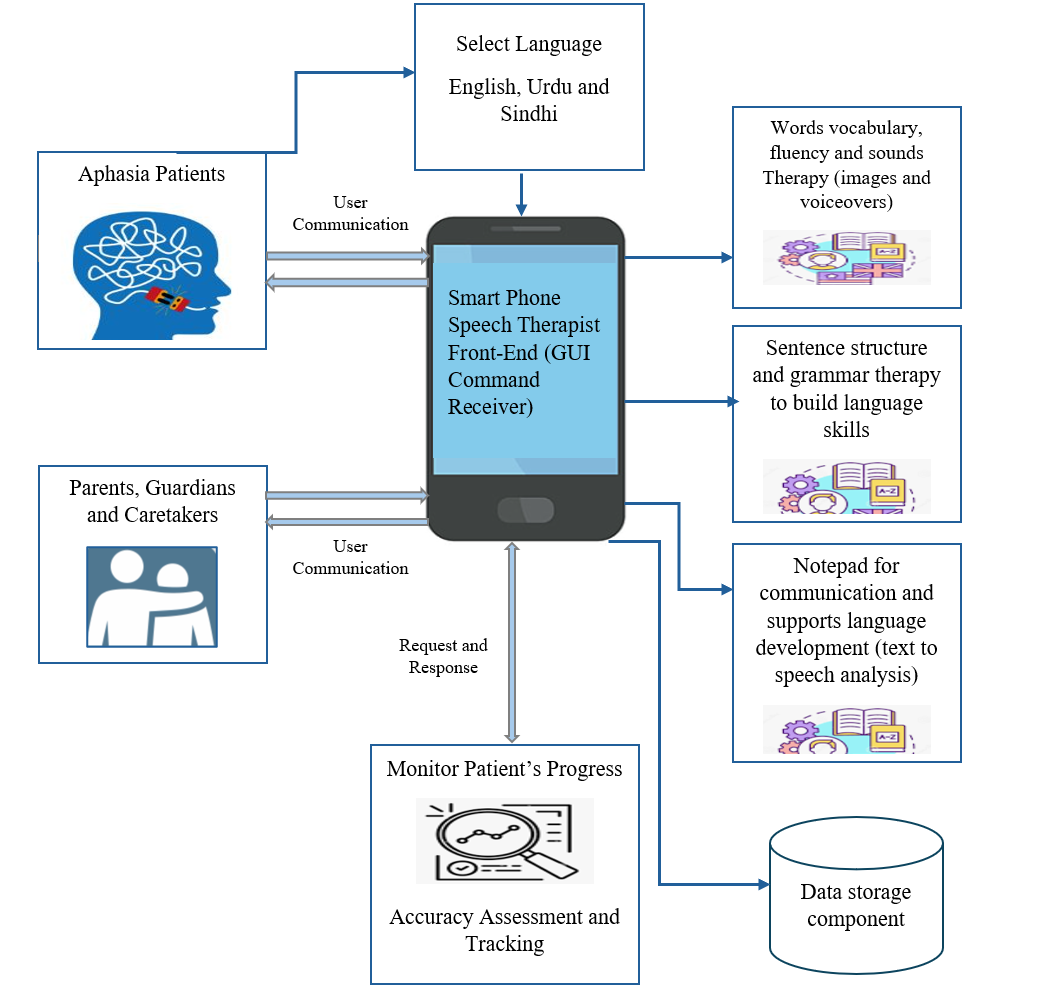
Downloads
Published
How to Cite
Issue
Section
License
Copyright (c) 2025 50SEA

This work is licensed under a Creative Commons Attribution 4.0 International License.

